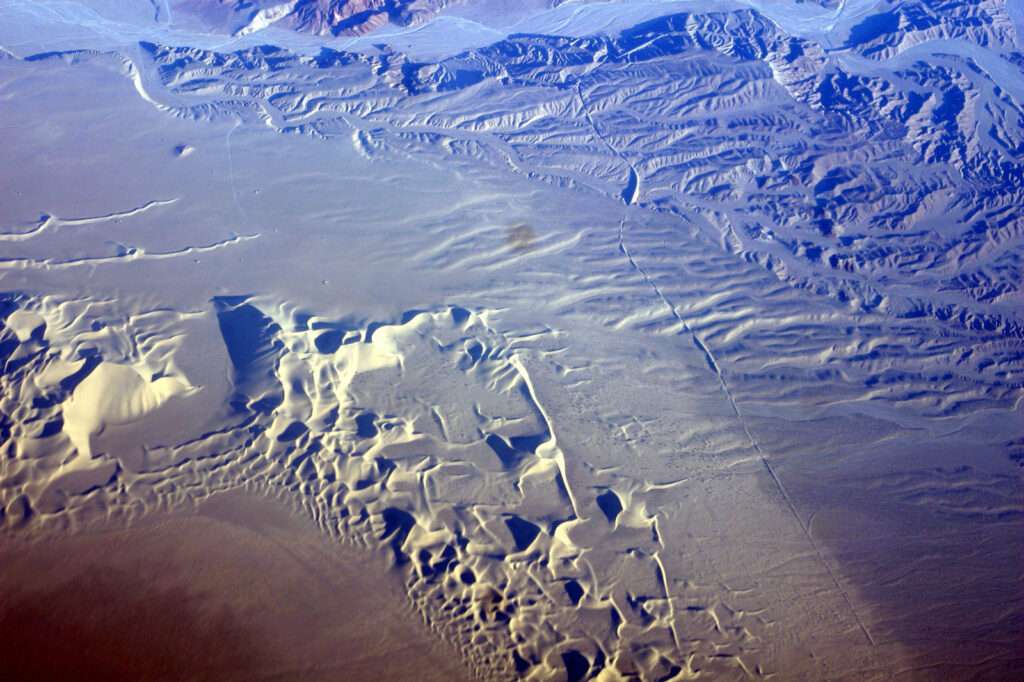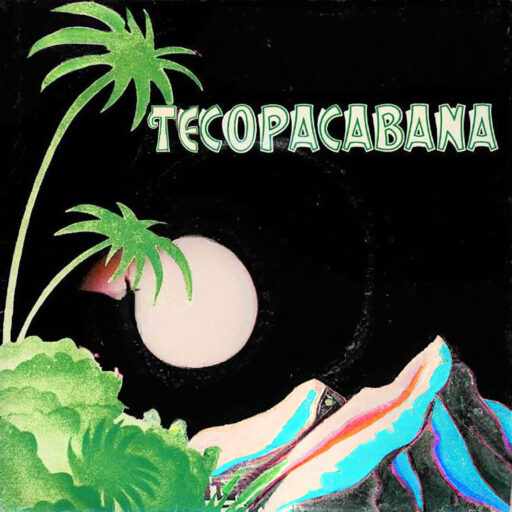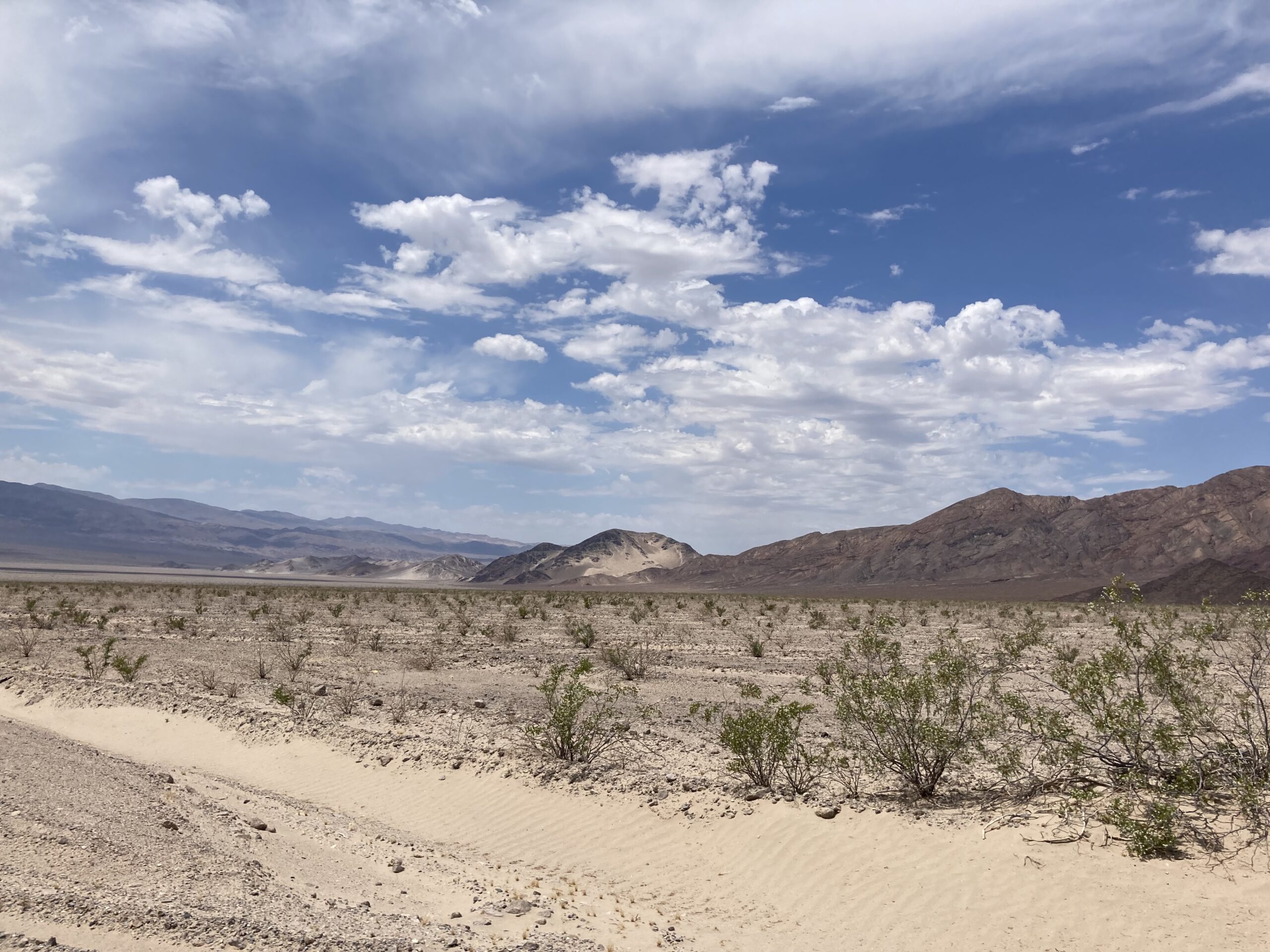Nestled just over 20 miles south of Tecopa, the Dumont Dunes Off-Highway Vehicle (OHV) Recreation Area is a sanctuary for thrill-seekers and nature lovers alike. Spanning an impressive 7,620 acres of public land, this Special Recreation Management Area (SRMA) offers an unparalleled blend of heart-pounding OHV experiences, breathtaking desert landscapes, and opportunities for primitive camping under the vast desert sky.
The Landscape: A Majestic Dune Field
Renowned for its dramatic topography, Dumont Dunes features towering sand formations that challenge even the most seasoned riders. Steep ascents, sweeping bowls, and rolling ridges make for exhilarating OHV adventures. Beyond the dunes, visitors can traverse the scenic corridor of the Kingston Range Wilderness, where the historic Sperry Wash Route (AR0412) follows the Amargosa Wild and Scenic River, once part of the Old Spanish National Historic Trail. In spring, the harsh beauty of the Mojave is softened by a vibrant bloom of wildflowers, painting the landscape with hues of gold, purple, and pink against a backdrop of creosote scrub and resilient desert grasses.

Off-Highway Exploration: A Rider’s Paradise
For OHV enthusiasts, Dumont Dunes is a dream destination. Open desert trails welcome an array of vehicles, including ATVs, motorcycles, dune buggies, sand rails, and Utility Terrain Vehicles (UTVs). Surrounding limited-use areas provide additional exploration opportunities, though riders must remain on designated routes to protect delicate desert ecosystems. The site’s vast expanse ensures that both adrenaline junkies and those seeking solitude can find their perfect terrain.
Sperry Wash Trail
The Sperry Wash Trail at Dumont Dunes offers a remote and scenic off-road escape, drawing adventurers seeking a change from the towering sand dunes. This 28.8-mile route, rated easy, winds through sandy wash bottoms, crossing the Amargosa River multiple times—though the river is typically dry or shallow. However, flash floods can occur, and shifting sands often obscure route markers, making navigation a challenge.
While green-sticker vehicles (more on that later) are permitted up to Waypoint 04, riders must remain on designated routes to preserve the fragile desert ecosystem. Rising to a modest 2,212 feet in elevation, Sperry Wash is best traveled between October and May, offering a breathtaking journey through one of the Mojave’s most captivating landscapes.
Fees and Camping: Staying at Dumont Dunes
Dumont Dunes operates as an expanded amenity recreation fee site, with pass options as of January 2025:
- Season Pass (Oct. 1 – Sept. 30): $90 (non-holiday) / $120 (includes holidays)
- Weekly Pass: $30 (non-holiday) / $40 (includes holidays)
Holiday periods include Halloween, Thanksgiving, New Year’s, Martin Luther King Jr. weekend, and President’s Day weekend. For specific holiday dates, visitors should contact the Bureau of Land Management (BLM) Barstow Field Office.
Camping Regulations
- Dispersed camping is permitted throughout the open area but is limited to a 14-day consecutive stay.
- Campfires, propane stoves, and open flames require a campfire permit, which may be restricted during fire season (typically May–October). Obtain permits at PreventWildfireCA.org.
- Visitors must pack out all trash, leash pets, and refrain from discharging fireworks, which are strictly prohibited.
- Wilderness areas remain off-limits to motorized vehicles to preserve sensitive habitats.
A Journey Beyond Dumont Dunes: Exploring Tecopa’s Trails
A short (mostly paved) drive from Dumont Dunes, the small desert town of Tecopa serves as a gateway to the Mojave’s rugged beauty. While no legal OHV routes lead directly into Tecopa from Dumont Dunes, the surrounding BLM trails provide stunning desert vistas and technical challenges for riders who respect the land and its rules.
Guidelines for Tecopa’s Trails
- OHVs are not permitted on paved roads except to cross at a 90-degree angle.
- Riders must remain on marked trails to protect the fragile ecosystem.
- Wildlife, livestock, and natural water sources must not be disturbed.
- Private property and the tranquility of the Tecopa community must be respected.
Essential Planning: Preparing for the Desert’s Extremes
Weather Conditions: A Land of Extremes
The Mojave Desert presents some of the most extreme weather conditions in North America. Summer temperatures soar between 100 and 120°F, while winter nights can drop below freezing. Daytime highs in winter hover around the 50s, making for a more comfortable ride. Extreme winds and low humidity define this arid region, requiring visitors to pack and plan accordingly.
Essential Supplies
Water, food, fuel, and provisions are available in nearby towns such as Baker, Shoshone, and Pahrump, the latter offering the region’s most affordable fuel prices. There is also a water kiosk provided by the Southern Inyo Fire Protection District nearby in Tecopa. However, cell service is sporadic, making maps, GPS devices, and emergency preparedness crucial.
Out-of-State Riders: Compliance is Key
Visitors from outside California must adhere to the state’s OHV regulations. Ensure that your vehicle is registered and equipped with the necessary permits before arrival.
Understanding California’s OHV Laws: Compliance for a Smooth Ride
California enforces some of the most comprehensive OHV regulations in the nation to ensure both safety and environmental conservation.
Vehicle Registration and Operation
- All OHVs must be registered with the California DMV, displaying either a green sticker (for year-round use) or a red sticker (seasonal restrictions apply).
- OHVs are generally prohibited on public roads, except for safe, marked crossings over two-lane highways.
Rules for Out-of-State Visitors
Out-of-state OHV riders must ensure their compliance with California regulations. If your home state mandates California riders to obtain permits for OHV use, reciprocity laws require you to purchase a California Nonresident OHV Use Permit ($30 per vehicle). Arizona residents should note that their street-legal OHVs are not recognized for highway use in California, and also necessitate a permit for off-highway travel.
OHV Use: Safety and Environmental Responsibility
To ensure a safe and sustainable experience, OHV riders must follow strict regulations:
- Safety Equipment: ATV riders must wear helmets. All OHVs must display a valid green sticker or license plate and be fitted with an approved muffler and spark arrester.
- Passenger Safety: Vehicles must not exceed their designed passenger capacity. Youth riders must operate vehicles suited to their size and undergo mandatory safety training if under 18.
- Speed Limits: A maximum of 15 MPH applies within 50 feet of campsites, animals, or pedestrians.
- Safety Flags: All OHVs must be equipped with a red or orange safety flag for visibility.
- Environmental Protections: Stay within designated areas and respect marked zones that protect fragile ecosystems.
- Prohibited Activities: Shooting, littering, dumping sewage, and discarding trash are strictly forbidden.
The Call of the Desert: An Unforgettable Experience Awaits
Whether you seek the adrenaline rush of towering dunes, the historical intrigue of old desert trails, or the serene solitude of camping under a starlit sky, Dumont Dunes promises an experience unlike any other. With proper preparation and adherence to regulations, adventurers can safely embrace the raw beauty of the Mojave Desert while preserving it for future generations. The dunes await—ready to challenge, inspire, and captivate all who dare to explore them.
Correction: we misstated the legal OHV routes within Tecopa, you may not drive an OHV to China Ranch from Dumont Dunes.

